Features of planting roses in spring in open ground
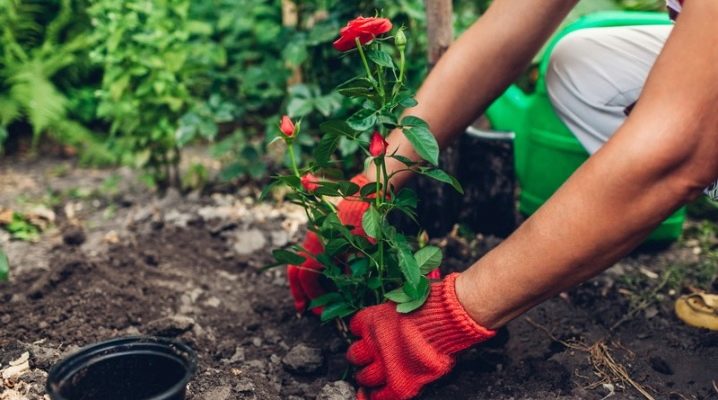
Growing roses in spring is a process that requires the gardener to follow simple guidelines and rules. In addition to advice on care, you need to take into account the region, be able to analyze the lunar calendar and know the basic rules regarding landing technology.

Timing
It is necessary to plant roses in the open ground in spring in accordance with the terms. Despite the fact that you can plant a plant in April or May, you should always pay attention to the lunar calendar and the characteristics of the region. This will allow the rose to grow much better and more efficiently.
Taking into account the region
Since all regions of the country differ in different climatic conditions and temperature regimes, when planting a rose, it is necessary to pay special attention to the territorial location of the summer cottage. Otherwise, the plant may not take root.
For the middle lane, including the Moscow region, you should choose a good shelter that can protect the rose from cold winds and frost. In this case, the material used should not interfere with the natural circulation of air.
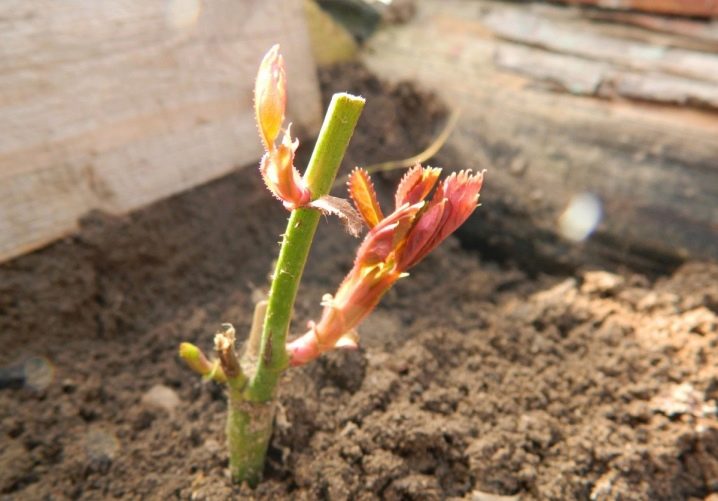
In this area, it is not recommended to grow the rose in higher elevations.
If the plant is planned to be planted in the Urals or Siberia, the place must be chosen closer to the southern side. Otherwise, the rose will die quickly enough due to strong night frosts. As in the case of the middle lane, it is especially important here to cover the flower from gusts of wind. The plant should be away from buildings that will not obscure it.
In the Urals and Siberia, it is best to grow a rose in low elevations. Following this rule will allow the root system to develop better and protect the plant from excess moisture. In this region, the flower is recommended to be planted in early to mid-May.
If the rose is grown in the south, planting should be done at the end of March or mid-May, depending on the weather conditions and the variety used. The place should be chosen without shade and with no direct sunlight.
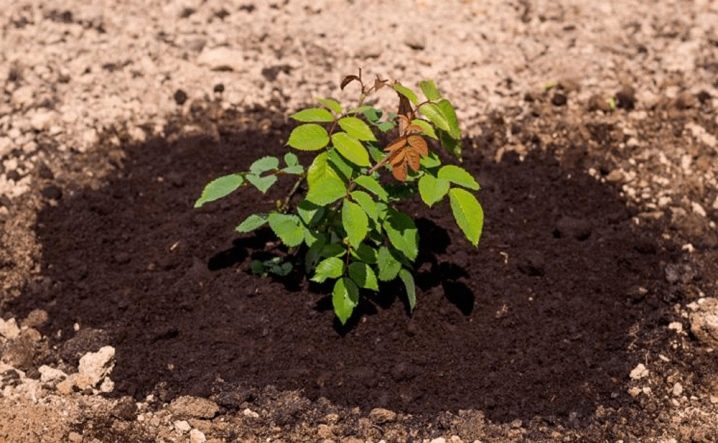
Lunar calendar
Experienced gardeners recommend planting a rose exclusively on favorable days, which are calculated based on the lunar calendar.

As practice shows, the moon greatly affects the development of most plants, therefore it is especially important to familiarize yourself with the current calendar of the year before planting.
Using data from the calendar, the owner of a summer cottage is able to determine favorable terms not only for planting a rose, but also for tillage or transplantation. The duration of the lunar month is 29.5 days. During this period, the satellite makes one revolution around the Earth, passing through 4 stages.
- New moon. The most unfortunate time for gardening and planting work. On the new moon, it is not recommended to plant or transplant anything. The duration of the unfavorable stage is 3 days.
- Waxing Crescent. The best time to plant a plant. During this period, the moon independently attracts the energy of the rose, which is why it grows much more efficiently and faster. In addition to landing, you can transplant, fertilize or inoculate on the growing moon.
- Full moon. This lunar stage is not recommended for transplanting or planting plants. Lasts 1 day. On a full moon, it is better to limit yourself to feeding and treating diseases or pests.
- Waning moon. Any kind of rose grows poorly on the waning moon, which is explained by a decrease in energy potential.

To independently determine the phase of the moon, you need to substitute an ordinary pencil to its main "horns". The resulting letter "P" indicates a growing moon, in any other case - a waning one.
The most favorable days for planting roses in 2021:
- March 19-29;
- April 18-28;
- May 19-26;
- September 11-24;
- October 12-23;
- November 8-20.
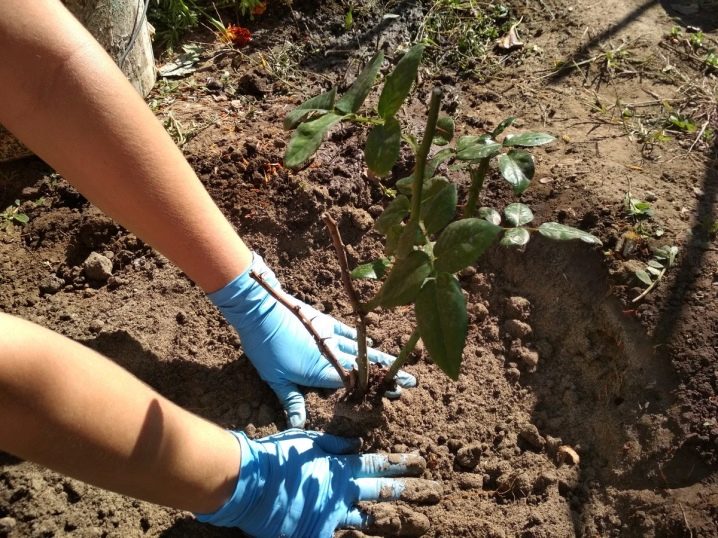
The following numbers are unfavorable:
- March 4-18;
- April 2-17;
- May 1-18 and 30.
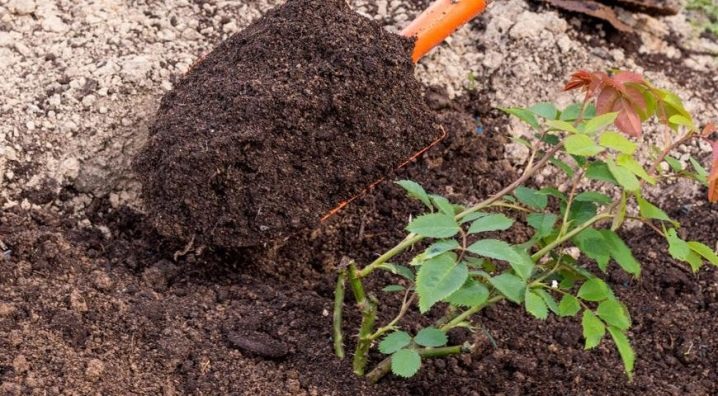
Regardless of the lunar stage, the plant is recommended to be planted before lunch or at dawn. In the presence of a growing month, it is necessary to use fertilizing on a mineral basis, and if the moon is waning - on an organic one.
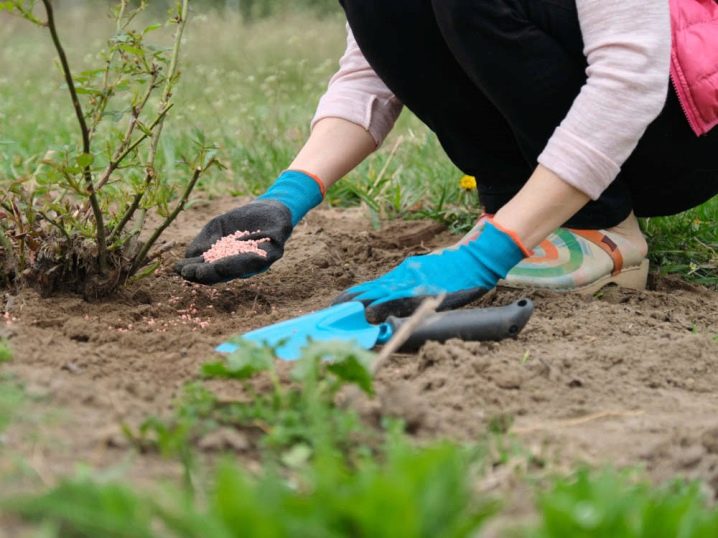
Preparation
For roses to grow well, the first thing to do is to choose the right place for future planting. The area should be well ventilated and open to the sun for at least 5-6 hours a day. Due to this, leaves wet after rain will dry out much faster.
The optimal level of soil acidity is pH in the range of 6.5-7.5 units. The least favorable for most varieties of roses is sandy loam and sandy soil.
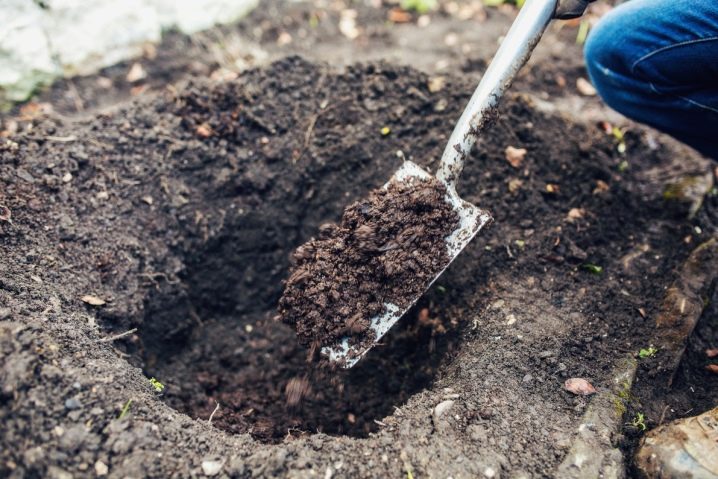
When planting a plant in clay soil, drainage must first be carried out using sand or peat.
Before planting, you can also dig up the soil and apply fertilizer. As a top dressing, you can use any mineral fertilizer or manure. Fertilizer is applied under all bushes, regardless of the type of plant. For a light substrate, it is effective to use a small amount of ash.
Experts do not recommend planting a rose in swampy soil. Otherwise, the flower will not receive the required amount of oxygen and will quickly wither. You should also pay attention to the dense planting: if a rose is planted in this way, it will often suffer from fungal diseases.
Before planting, the root system is cleaned of broken and damaged areas. Professional gardeners recommend lubricating the cuts with garden pitch. If a seedling with open roots is grown, it should be left in water for 10-12 hours. The roots are best wrapped in a slightly damp burlap.
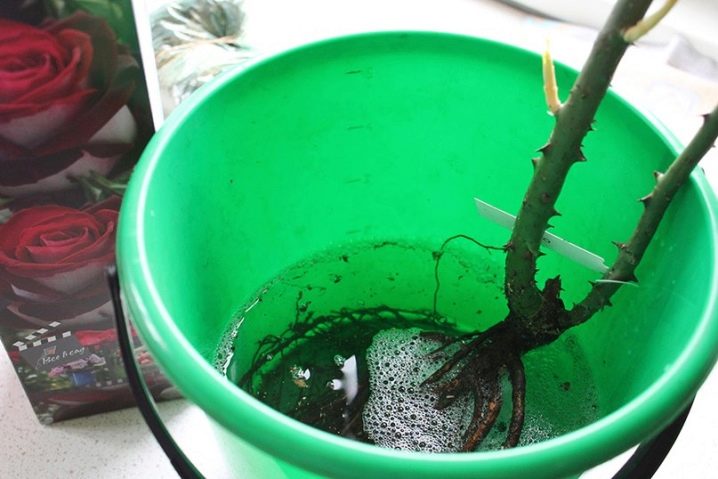
In addition to the above manipulations, it is also necessary to prepare a place for future disembarkation. The recommended hole size is 60x60 cm and a depth of 70 cm. It is better to place the dug topsoil around the edges of the hole. Experts advise to lay a uniform layer of broken bricks, pebbles and gravel at the bottom of the holes. On top of the drainage, it is better to fill up 40 cm of pre-prepared soil mixture and additional baits. This will allow the root system to grow.
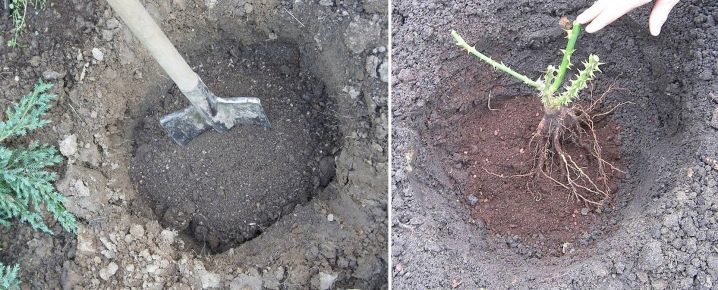
Technology
After completing the above preparatory steps, you can proceed to planting the plant itself. For this, it is recommended to use step-by-step instructions.
- Dip the root system in a special clay solution. To prepare it, you need to mix 10 liters of clay talker with 5-6 tablets of "Phosphorobacterin", which are previously dissolved in clean water.
- Gently spread the roots of the plant on a small hill in a pre-prepared planting pit. It is especially important to carefully spread the root system. Otherwise, she will not be able to receive the required amount of oxygen.
- Place the seedling in the hole and make the grafting site at a depth of 3 to 7 cm. When planting a plant, it is also necessary to carry out a small compaction of the soil around the seedling. Such a recommendation will save the root system from sudden temperature changes and will allow the plant to be properly planted.
- Water the seedling after planting. It is better to use plain clean water or a specialized root care mixture.It is necessary to avoid getting liquid on the shoots, otherwise the plant will suffer from sunburn.
- An equally important rule of planting is to prune the rose after it deepens in the pit. In this case, it is necessary to leave at least 2-3 healthy and strengthened kidneys. If the grafting site is shown during watering, the rose should be sprinkled with a small amount of earth.
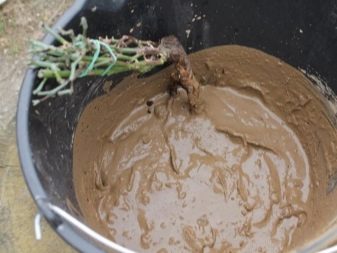
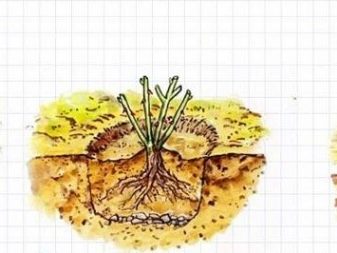
After the plant has been planted, it must be shaded for 10-18 days (depending on the growing conditions, varietal variety, as well as other minor factors). Upon completion of planting, the plant must be watered abundantly.
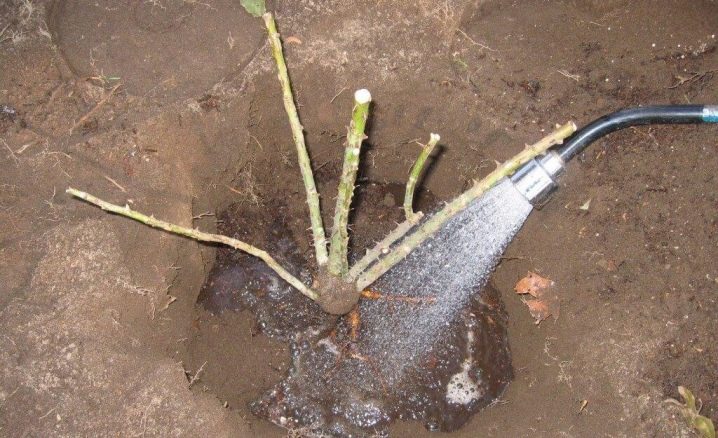
The recommended water temperature is 20-30 ° C. First, the liquid is applied every day, in the morning or in the evening. After some time, watering is reduced to 1 time per week.
In addition to moisturizing the soil, the rose needs a loosening procedure, which promotes better air permeability, thereby preventing the development of weeds. This process is best done immediately after watering.
Particular attention should also be paid to the fight against various diseases and pests. In order to protect the rose from negative microorganisms, sage and onions can be planted next to it, which, with their aroma, will scare away most of the popular pests. In the case of diseases, specialized preparations with a gentle effect are used.
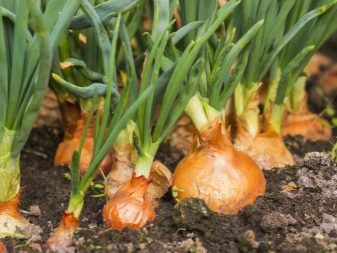

Features of planting of different types
Correct planting of roses in spring occurs in compliance with certain recommendations regarding the characteristics of various varieties. Otherwise, the flower will not bloom, will quickly wither or die.
When planting floribunda roses, you must adhere to a distance between the bushes of 30-45 cm and 60-90 cm in the case of rows. The spring planting of this variety in open soil is carried out to a depth of 3-8 cm. During the pruning process, many experts additionally recommend leaving 3-4 buds.
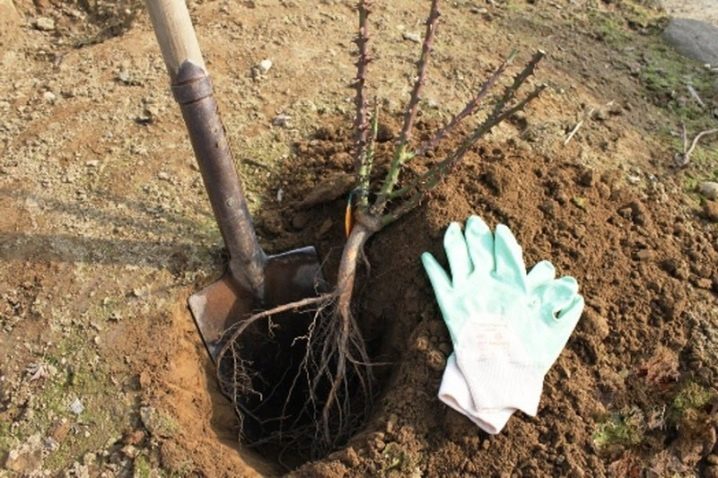
If a climbing variety is planted, the distance between the seedlings should be in the region of 1-1.5 m. It is also necessary to further deepen the grafting site by 8-10 cm, depending on the thickness of the main trunk.
When planting this variety, it is not recommended to additionally trim the seedlings, you can only update the old sections.
Due to the curly property, the climbing variety should be planted near the support. To do this, you can use a lattice, column, wall or small arch. Such actions allow the plant to grow more beautiful and luxuriant, while facilitating further care. It is important to adhere to a certain distance between the flower and the support - 28-30 cm.
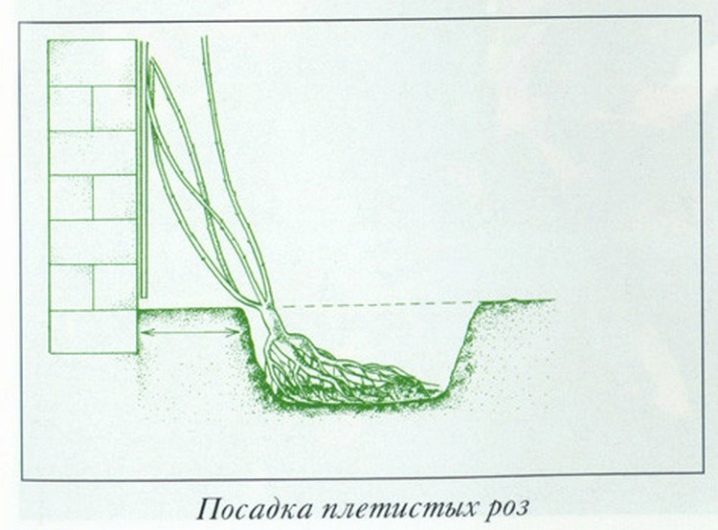
Now we will consider the features of planting for other varieties of roses.
- Tea-hybrid. This variety is distinguished by certain recommendations and planting rules, without which the rose will not be able to normally adapt to new conditions. The hybrid tea variety needs to deepen the grafting site by 4-5 cm.When planting in open soil, it is also necessary to monitor the distance between the bushes - from 30 to 50 cm, between rows - 65-90 cm.A few buds should be left on all shoots, characterized by good development.

- Groundcover. When planting this variety, it is necessary to adhere to a certain distance - from 50 to 150 cm for seedlings, depending on the width of the main shrub. Pruning a groundcover rose is carried out only when it is necessary to update the cuts or remove damaged branches. The inoculation site deepens by 5-6 cm.
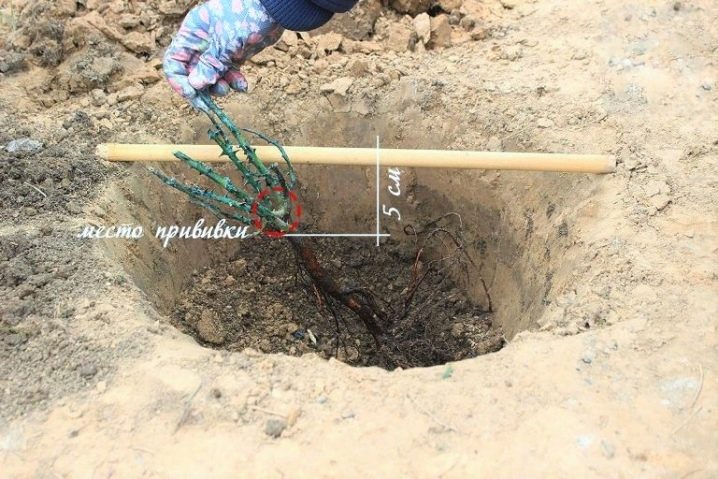
- Park. The distance between the bushes of a park rose should be 50% of the length of an adult flower. Similar information is indicated in the description of the plant. When planting this variety, the gardener needs to deepen the graft site by 5 cm. During the pruning process, 5-8 healthy buds are usually left.
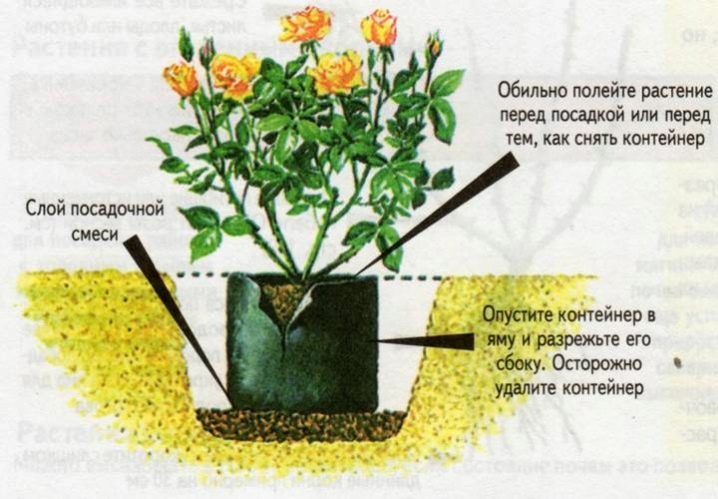
In addition to the varieties described above, the English rose is especially popular. In order for this species to begin to bloom after planting without any problems, it must be cut to 6-8 buds and the distance between the bushes at 1.5-2 m must be observed. The indentation for grafting is 5-6 cm.
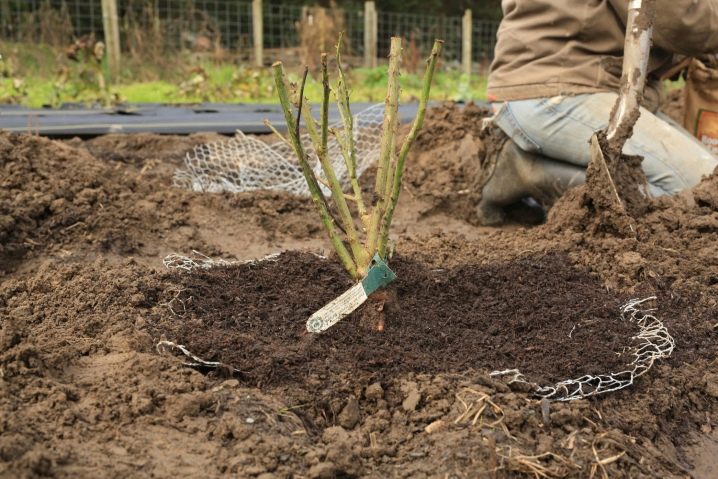
Helpful hints
The first thing that experts recommend is to purchase planting material exclusively in specialized stores. If this is not possible, you can contact the nursery to buy seedlings. When choosing planting material for roses, you need to pay attention to the visual characteristics of the seedling. There can be no damage to its root system, and the trunk itself must have a healthy appearance. Otherwise, the rose may not germinate or die quickly.
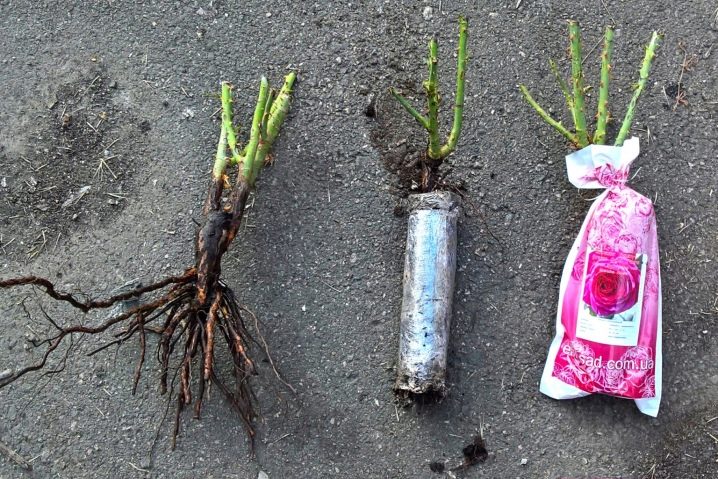
When buying seedlings with an open root system, you should choose specimens in which there are from 2 to 3 stems, and no more than 25 cm in length. You also need to pay attention to the bark of the plant: it should have a smooth and even surface. It is better if the seedlings have green buds and flexible roots. If seedlings with a closed root system are purchased, it is necessary to carefully consider the existing shoots, which should not be too elongated or light.
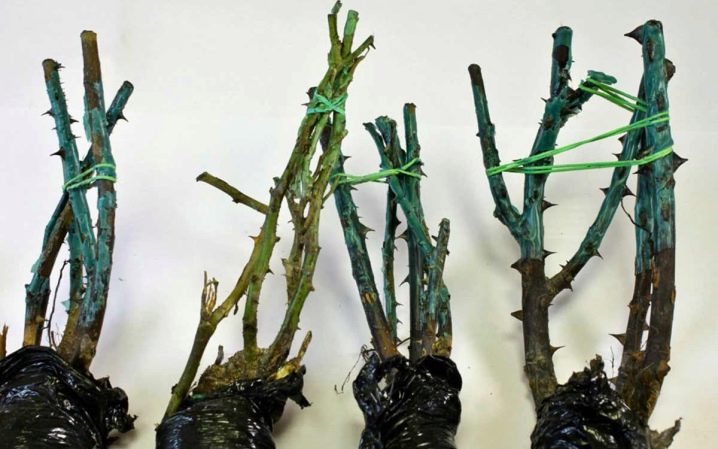
Otherwise, the plant will not be able to quickly adapt to new conditions and will begin to wilt quickly.
When buying a seedling in a plastic bag, it is recommended to first assess the condition of the shoots. Healthy shoots are distinguished by the same green tint, no damage and a smooth, even surface. For planting, you should not buy seedlings with white bloom or spots, any signs of disease or the presence of pests. There should be no cuts on the basis of the shoot.
Regular, timely and proper care after planting a spring rose is the key to effective flower growth and beautiful flowering in the future. This rule applies to absolutely all varieties of roses.

High-quality rose care is distinguished by simple actions:
- regular and careful watering;
- correct formation of the main bush;
- prevention of the appearance of various pests and diseases;
- timely application of fertilizers and dressings.
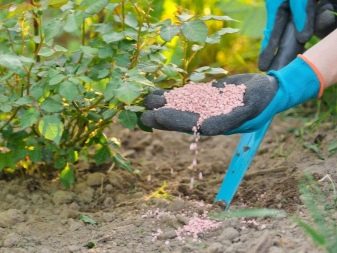

In addition to the above features, it is also necessary to remember the importance of choosing the right place for growing and following the planting technique. Problems in the care and cultivation are mainly faced by novice or inexperienced gardeners, but detailed instructions and advice from professionals will help you cope with any task.


































































































The comment was sent successfully.